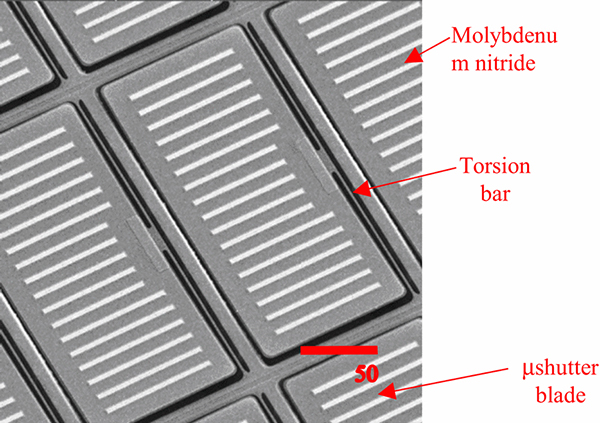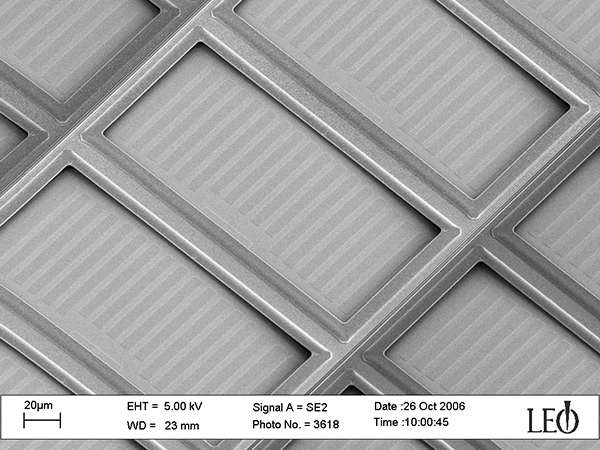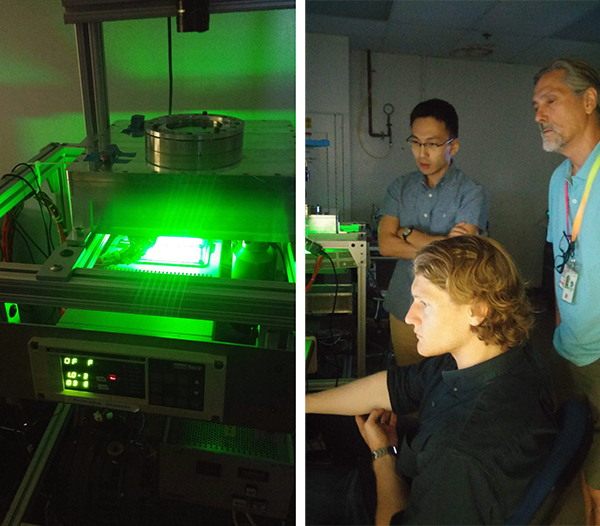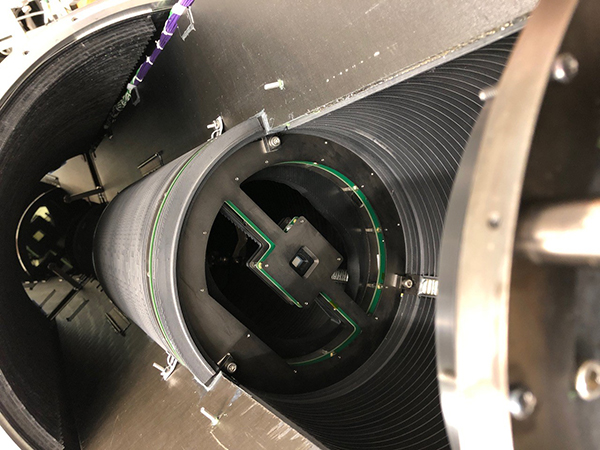Projects
1. NexGen Micro-Shutter Array for NG-FORTIS
On OCT. 27, 2019, a NASA/JHU sounding rocket carrying the Next-Generation Far-UV Off Roland-circle Telescope (NG-FORTIS) was launched successfully at White Sands Missile Range in New Mexico. Applied as a multi-object selector, a NexGen Micro-Shutter Array (NGMSA) was assembled on the focal plane of the UV detector on NG-FORTIS. The newly developed electrostatically actuated 128x64 microshutter array functioned perfectly in the NG-FORTIS space operation mission. With the prototype NGMSA operating in space, we reached a major milestone towards producing large format electrostatically actuated microshutter array for future major space telescopes with large field of views.
The project has been supported by NASA HQ in a ROSES-APRA program.
2. NexGen Micro-Shutter Array for Future Space Flight Missions
The team is currently producing fully-functional 282.6K-pixel NGMSA arrays. We plan to demonstrate the large NGMSA 2D-addressing functions in 2021, strategically aligning to the requirements from flagship mission telescopes including
- Large UV/Optical/Infrared Surveyor (LUVOIR
- Habitable Exoplanet Image Mission (HabEx)
- Cosmic Evolution Through UV Spectroscopy (CETUS)
- and other future NASA missions for both ground and space applications
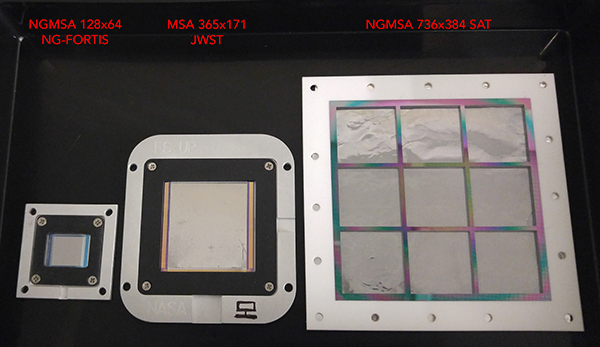
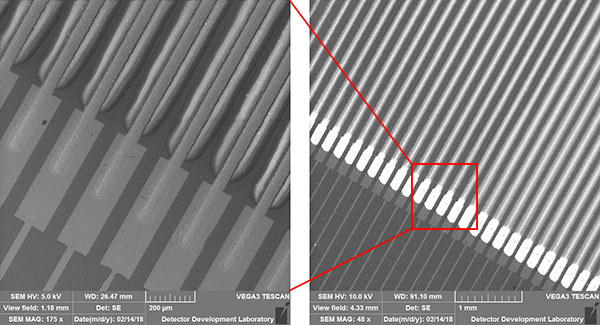
To accommodate the geometry of NGMSA assemblies, interconnects within the NGMSA assemblies are designed with additive manufacturing technology. Direct-write printed metal traces are replacing bonding wires that are often used in the traditional packaging process. The metal traces can be printed with a syringe tool or an aerosol jet tool.

In the large-format NGMSA development, ceramic substrates were designed to enhance mechanical strength of NGMSA hybrids as well as to improve electrical performance of NGMSA assemblies. Hybrids were produced through epoxy bonding between the array and the substrate. One hybrid went through various vibration tests required for space flight missions and passed all of the tests. The team is currently producing fully-functional NGMSA arrays. We plan to demonstrate the large NGMSA 2D-addressing functions in 2021.
The project is supported by NASA HQ in a ROSES-SAT program.

